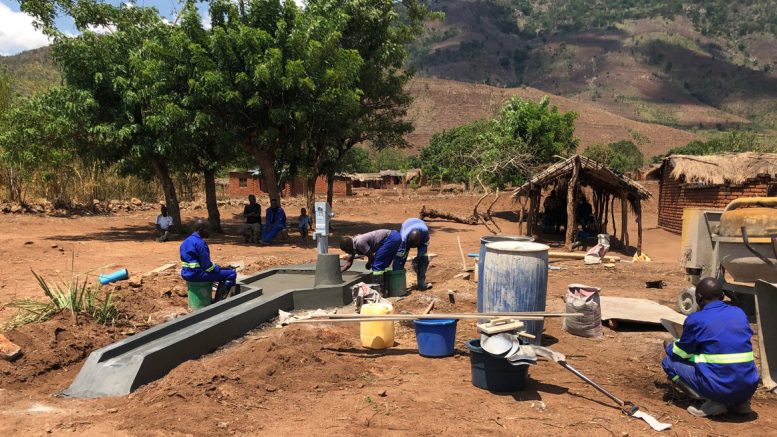Africa-focused rare earths explorer Mkango Resources (TSXV: MKA) has reached a major milestone with the release of a definitive feasibility study for its Songwe Hill project in Malawi. Located 90 km from the commercial centre of Blantyre, the Songwe project is the cornerstone of Mkango’s mine, refine and recycle strategy, underpinning the development of a proposed separation plant in Poland and complementing its interests in rare earth magnet recycling in the U.K. and Germany.
Earlier this year, Mkango announced that it has produced neodymium and praseodymium enriched rare earth carbonate on a pilot basis from raw materials taken from the Songwe Hill property, where it has been exploring since 2010 and now taken to the feasibility stage.
The feasibility study is based on a conventional open pit mining operation with feeding mills, flotation and hydrometallurgy plants on site to produce a mixed rare earth carbonate (MREC). As outlined in the study, the Songwe project has operating life (mining and processing) of 18 years, with mining assumed to start in February 2025. Processing expected to ramp up from July 2025, reaching full production from September 2025.
Once in full production, it is expected to produce an average of 5,954 tonnes of total rare earth oxides (TREO) per year over the first five years. These include 1,953 tonnes per year of neodymium and praseodymium oxides, and 56 tonnes per year of dysprosium and terbium oxides, in a mixed rare earth carbonate grading 55% TREO, generating nominal EBITDA of US$215 million per year.
The study indicates a post-tax net present value of US$559 million, using a 10% nominal discount rate, with an internal rate of return of 31.5%. Initial capital expenditure for the project is estimated to be US$277 million (excluding a US$34 million contingency) for development of mine, mill, flotation and hydrometallurgy plants, tailings storage facility, and related project infrastructure.
The NPV calculation excludes any value attributable to the proposed Pulawy rare earth separation project in Poland, which is expected to process MREC from Songwe, enabling Mkango to capture additional value via its integrated downstream business. The NPV also excludes any value attributable to the company’s interests in rare earth magnet recycling.
With the release of the study, Songwe is now confirmed as one of the very few rare earths projects globally to have reached the feasibility stage, with a full environmental, social, health impact assessment (ESHIA) completed in compliance with international standards.
William Dawes, chief executive of Mkango, commented: “The [feasibility study] is a major step forward for the company, uniquely positioning Mkango as a future supplier of both mined and recycled rare earths for the green transition, against a backdrop of a very strong demand and pricing outlook.”
The company will now look to finalize its mining development agreement with the government of Malawi. After that, and following completion of a feasibility study on the Pulawy, Mkango plans to release a feasibility study for an integrated project comprising both the rare earth mining and separation projects.



Be the first to comment on "Mkango feasibility for Songwe Hill rare earth project pegs capex at US$277M, post-tax NPV at US$559M"